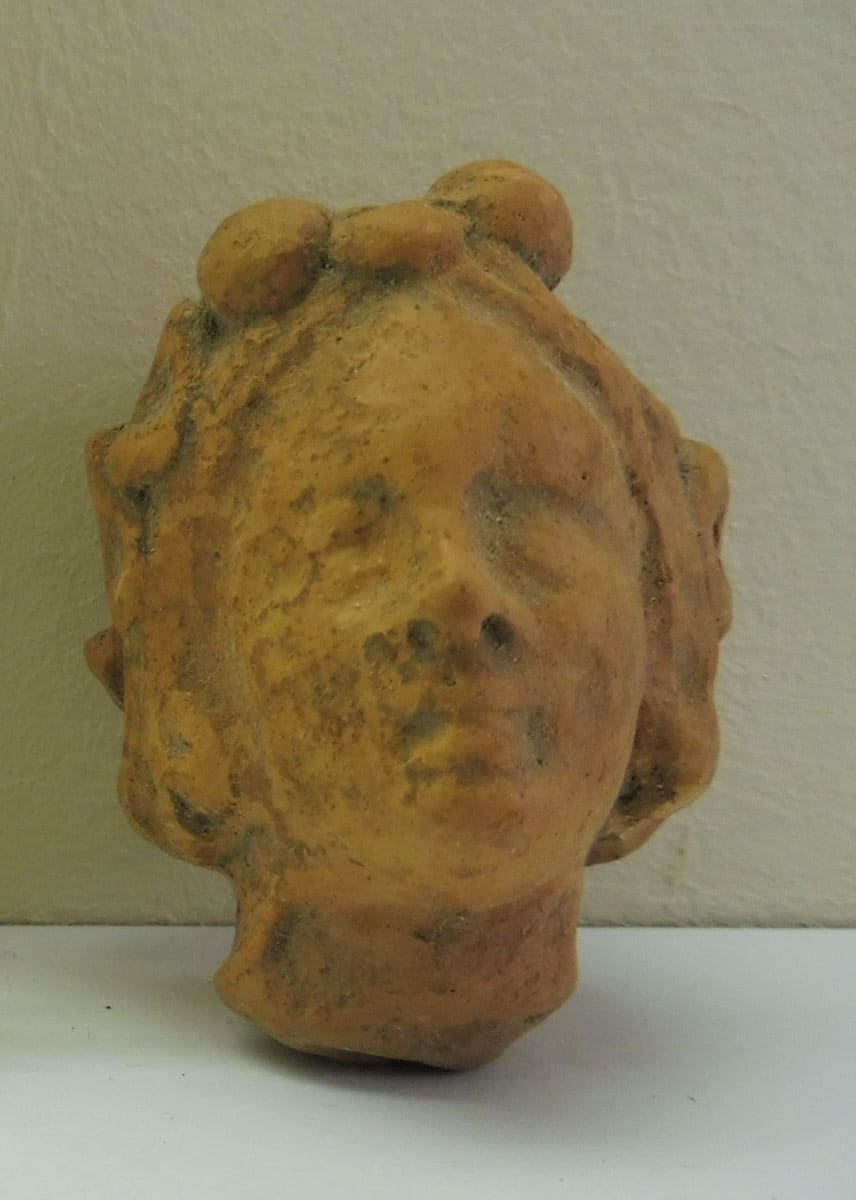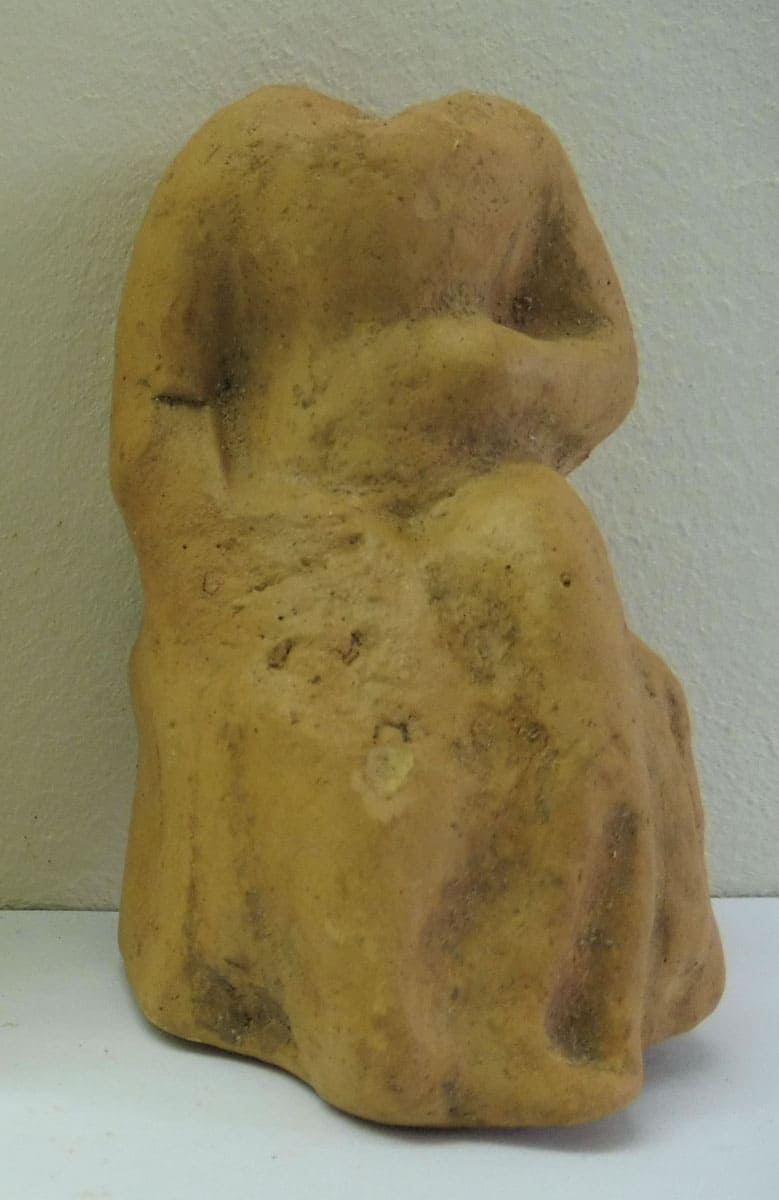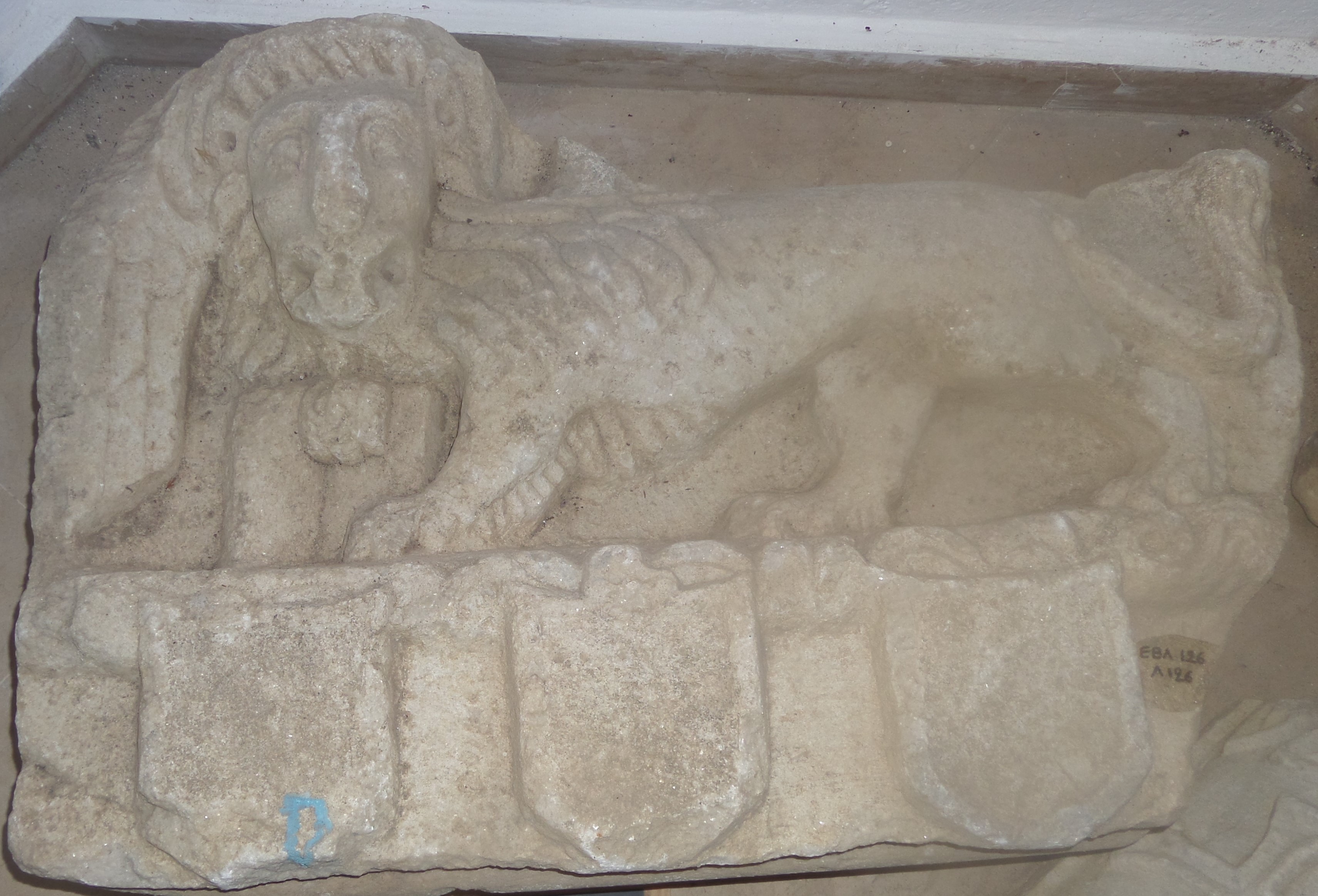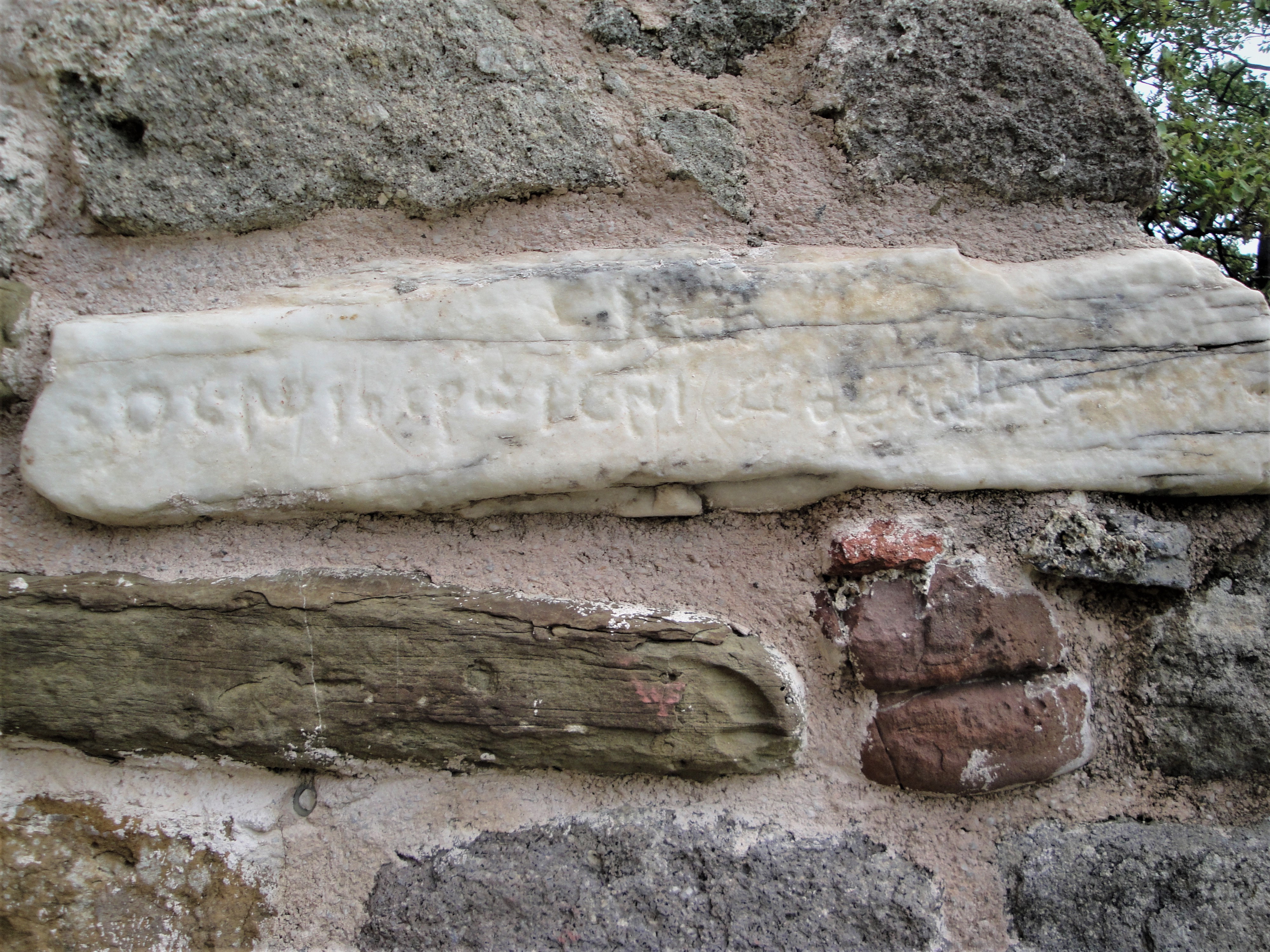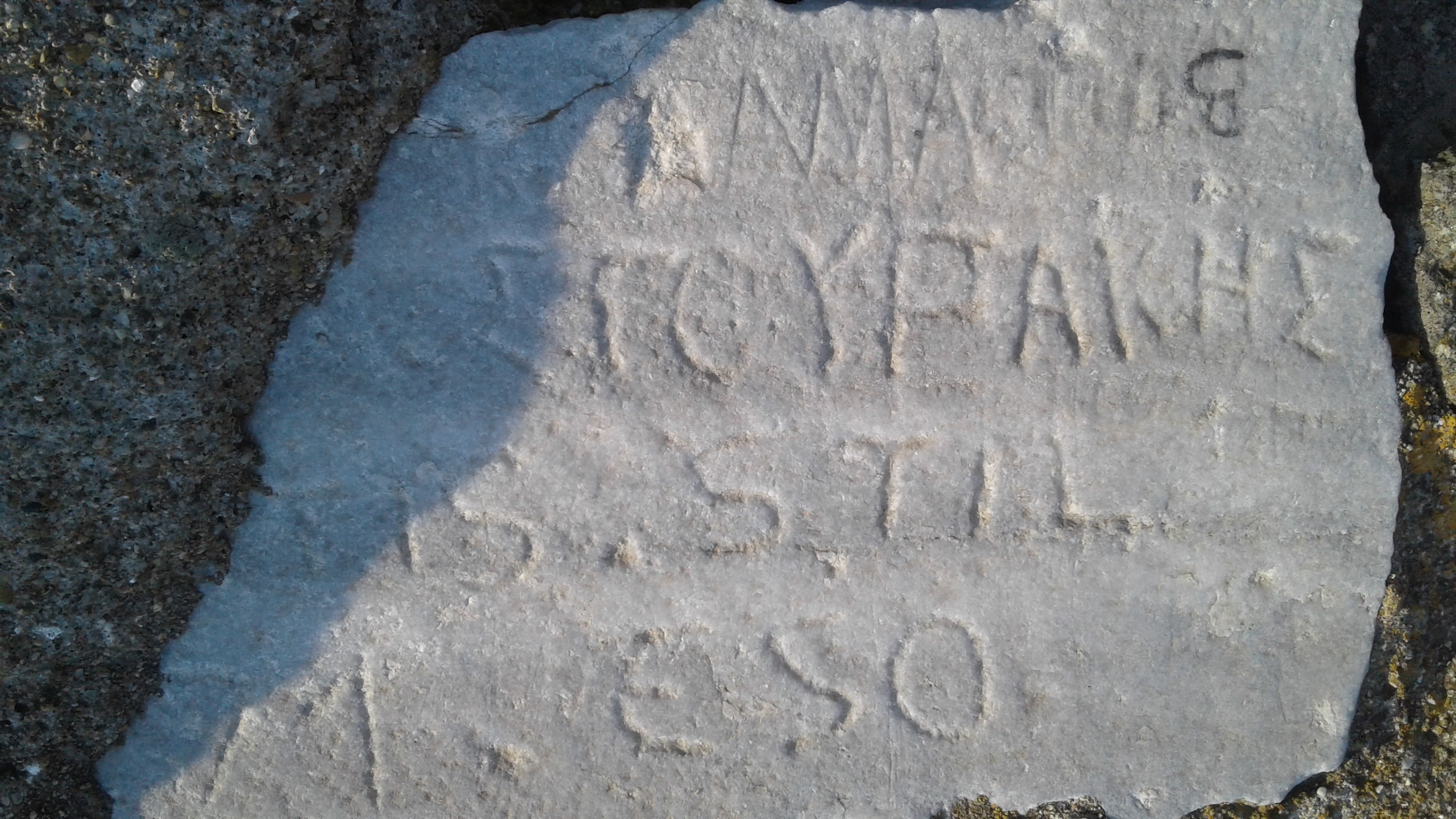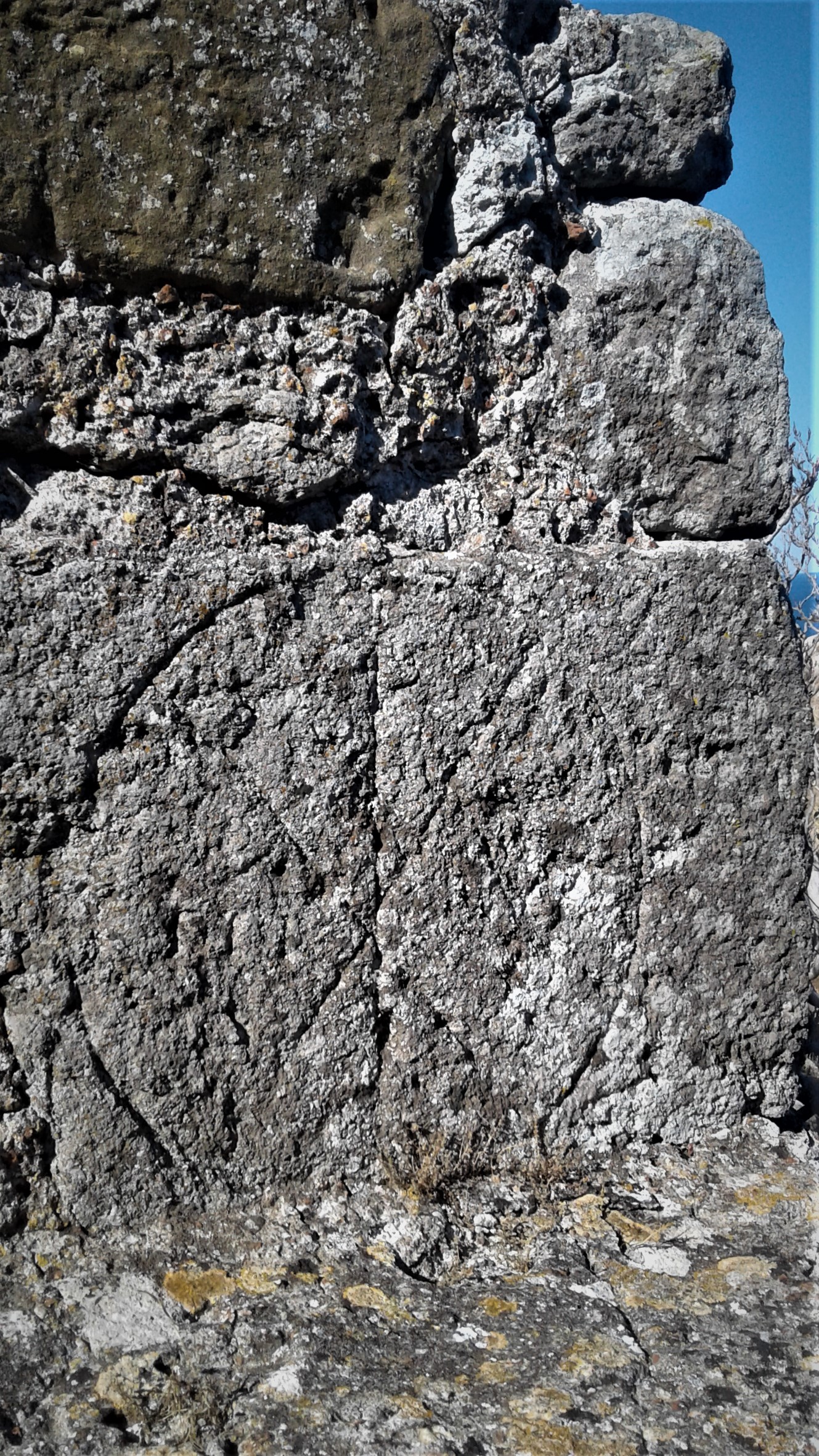Finds
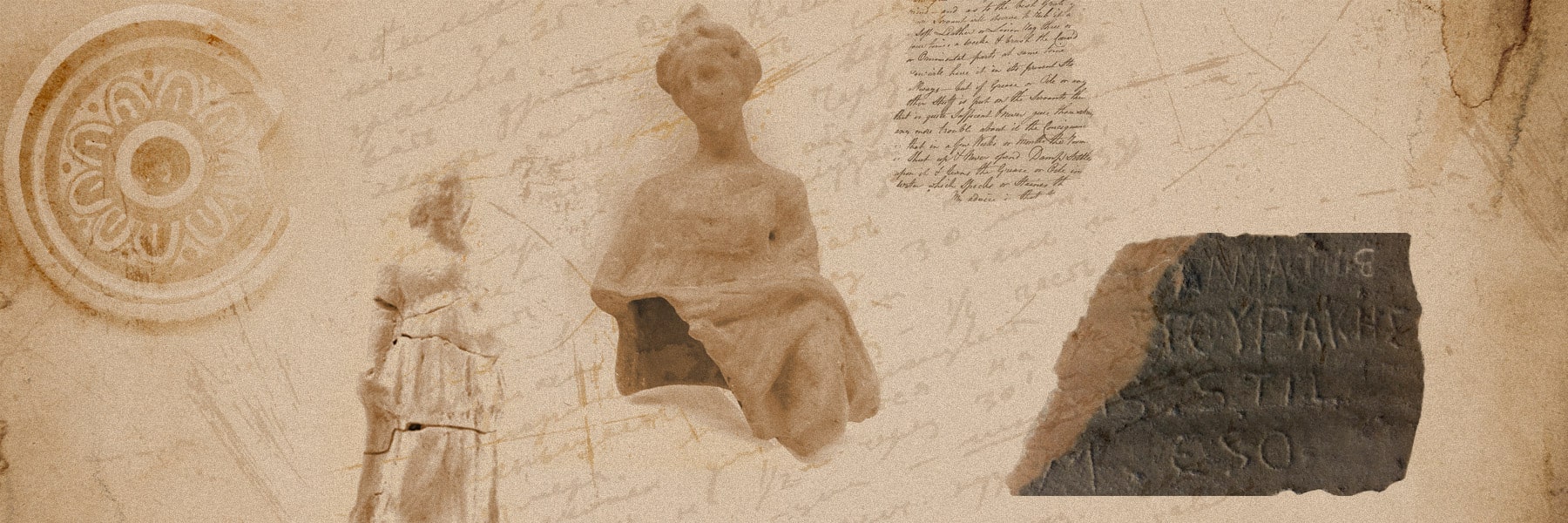
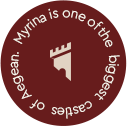
Finds
The finds from the kastro include fragments of metal objects (jewellery, lamps), pieces of slag, coins, sherds of pottery and terracotta figurines of women's and men's deities,weaving weights, ceramic vessels' shells, a child's marble head and copper coins dating between the end of the 8th century BC and the 3rd century BC Scattered on the surface all over the site are potsherds of all periods, such as Ancient, Classical, Roman, Byzantine and Ottoman, remnants and witnesses of the centuries-long history of the place's history.
Important and interesting finds are a pottery sherd of the Archaic period with writing (Archaeological Museum of Myrina, no. 2033) and the sling-shots (from the siege of Myrina by Kassander 314/313 BC) incised with the name ΔΙΟΝΥ (these are mentioned by Laura Ficuciello «Lemnos cultura, storia, archeologia, topografia di un’isola del di Nord-Egeo», Monografie della Scuola Archeologica di Atene e delle mission Italiane in Oriente, XX, 1/1, Atene 2013, 249)
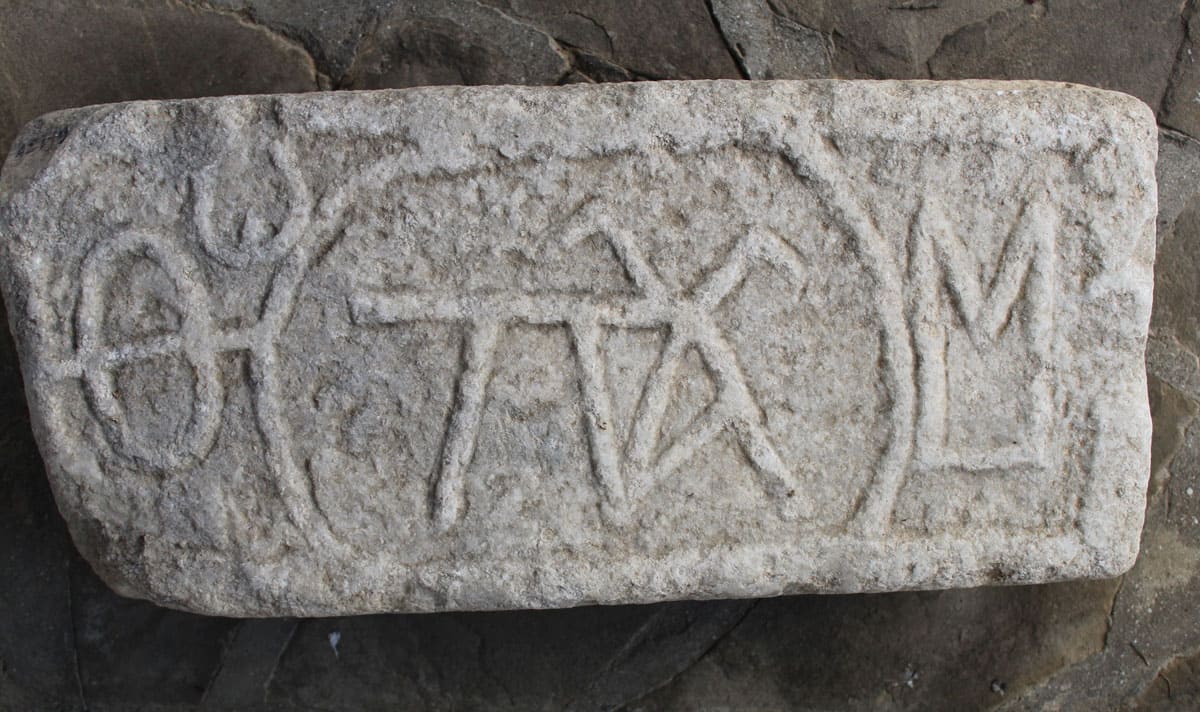
Marble Αrtifacts
In the castle itself there are also plaques built into the fabric of the construction, which carry inscriptions (they have not been dated – some are later), as well as rock-art representations and an incised plaque on the battlements of the north inner fortification wall. Incorporated in the battlements at the southwest corner of the castle is a marble plaque with Venetian coats of arms, of the fifteenth century.
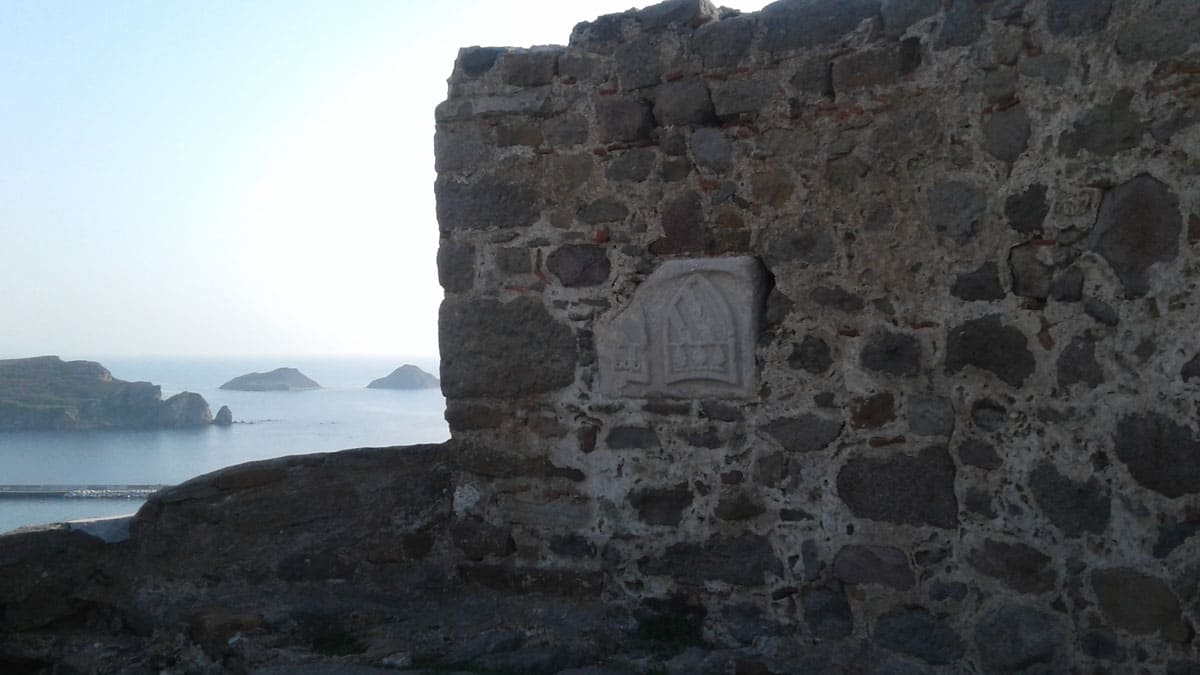
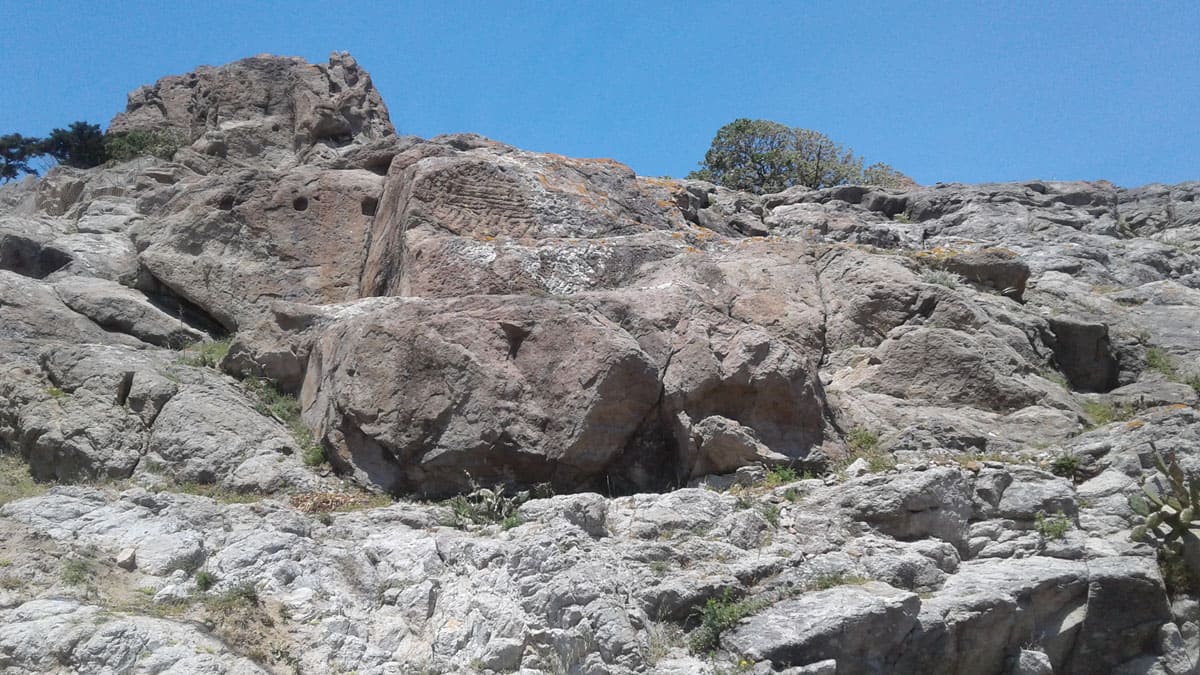
References – testimonies about marble artifacts
The British historian Sealy, when he visited the castle in 1918, saw near the highest point many pieces of marble (spolia), among them 2 marble columns each of diameter 0.30 m and length 3 m, column bases and marble slabs incorporated in both the floor and the walls. The British traveller Tozer, who visited the castle in 1889, mentions observing pieces of columns, stressing that these together with a plain marble sarcophagus were the only interesting object he saw in the castle.
A small marble plaque, used as repair material in the fabric of the fortification wall at the entrance to the castle (it was lost in the early 20th century), with relief representation of two figures, one seated and one standing, identified as Hades and Kore.
A relief marble plaque which, according to information given by the travellerAlexander Conze, had been found in the castle and carried a representation of a horseman, an altar with flame, a snake and a pig (at the time it was in the possession of the British consul at the Dardanelles).
Terracotta Figurines
